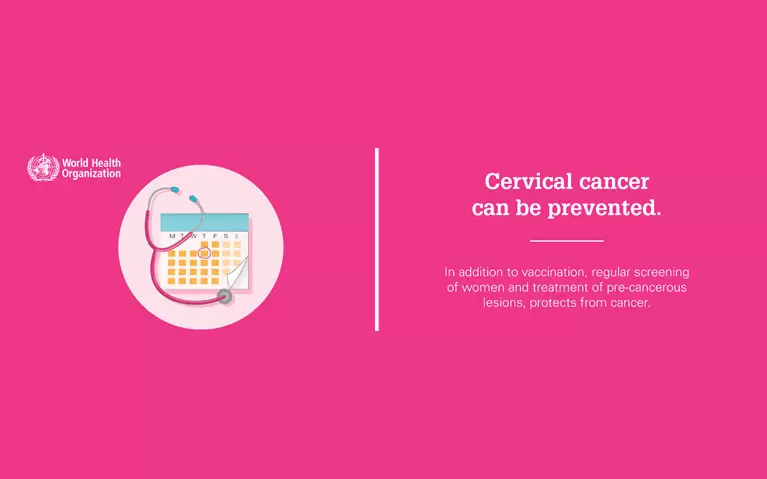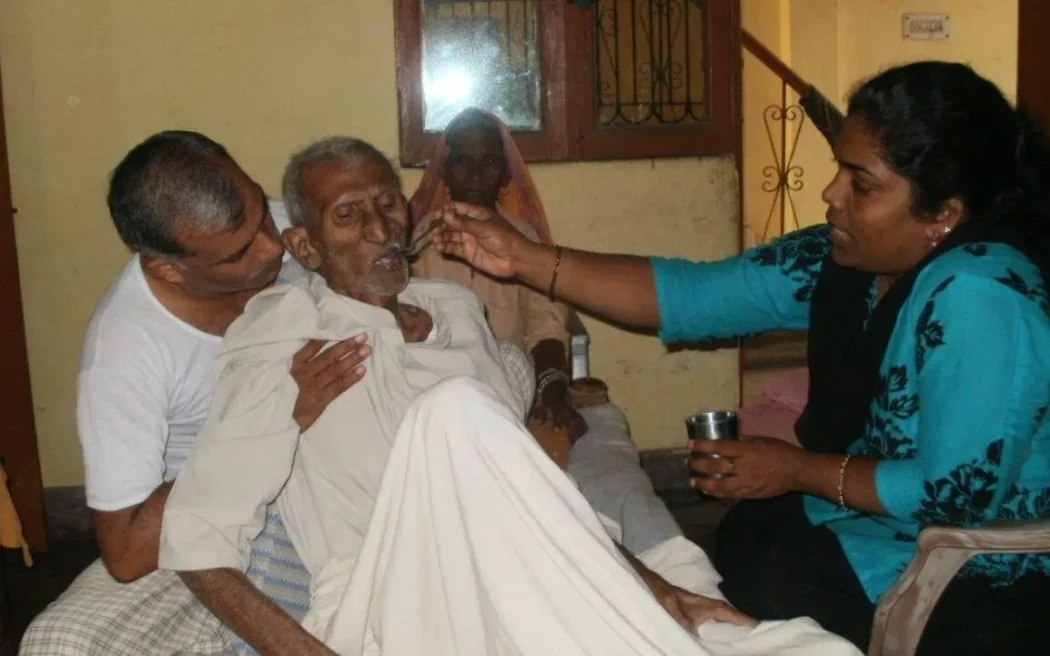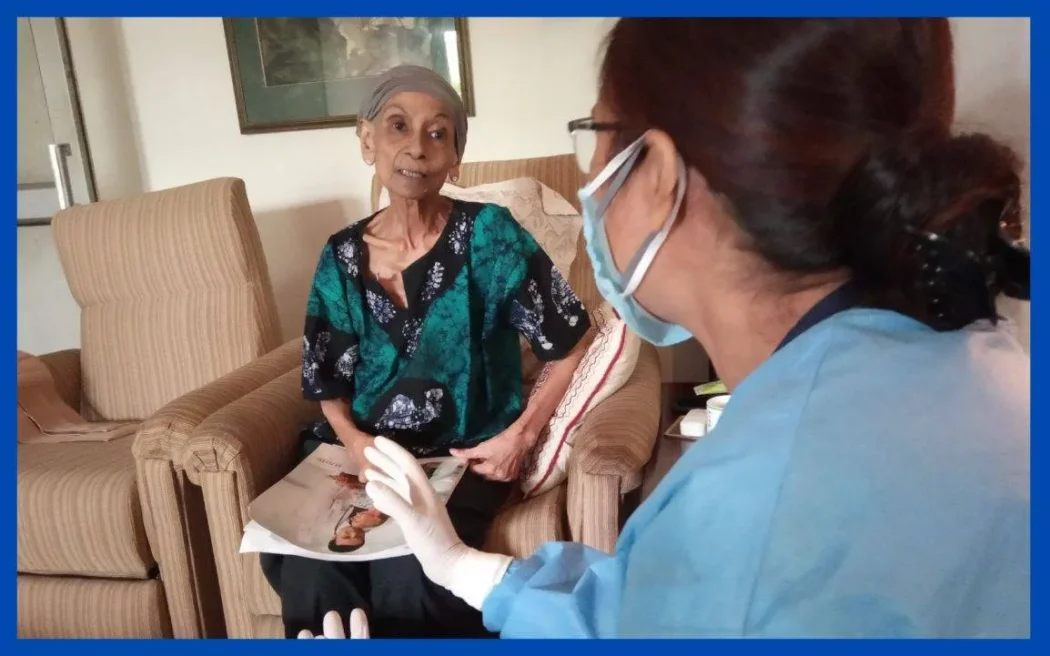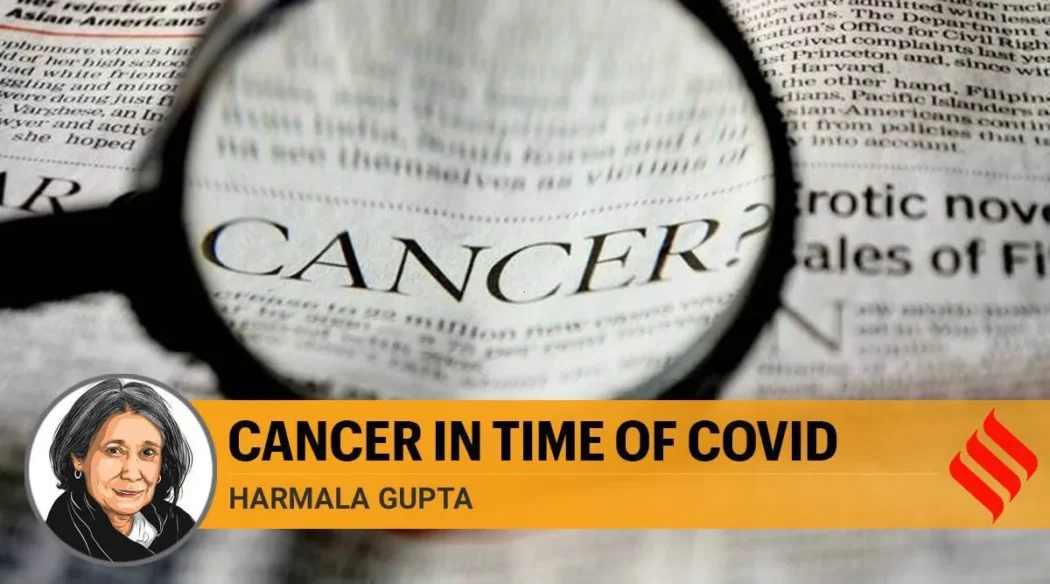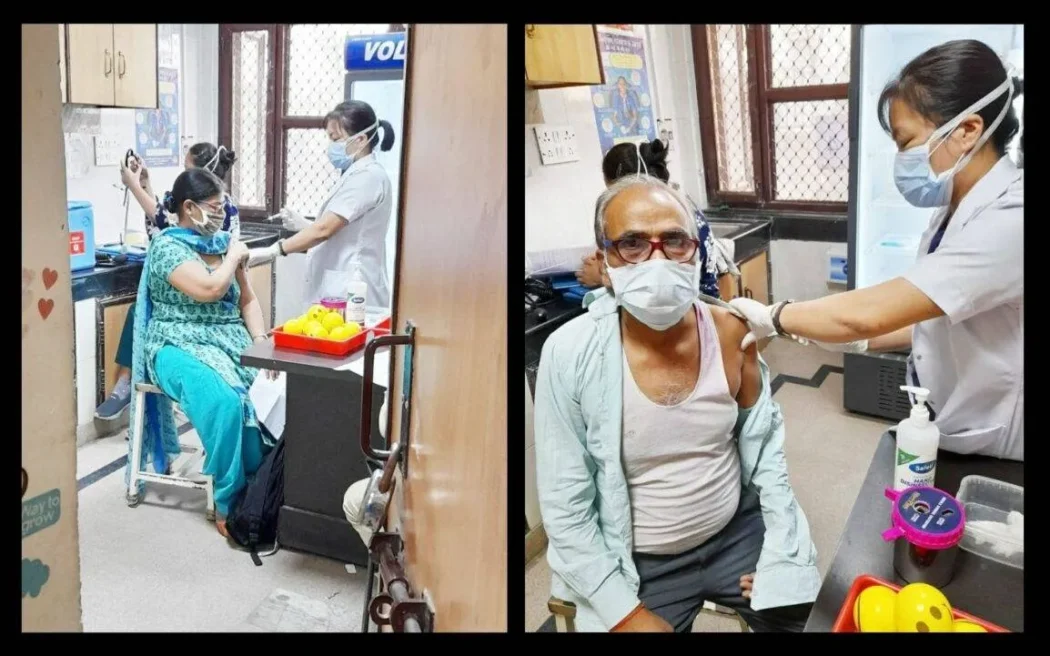Cervical cancer ranks as the 2nd most frequent cancer among women in India, with breast cancer being the first. Having said this, if detected early and managed effectively, it is one of the most preventable and treatable forms of cancer.
Long-lasting infection with high-risk strains of the human papillomavirus (HPV) is the main cause of cervical cancer.HPV is the most common sexually transmitted infection as it can be passed through direct contact during vaginal, anal, or oral sex. The virus has over a 100 types of strains, of which at least 14 are cancer-causing (also known as high-risk types). Persistent infection with HPV 16 and 18 causes 70% of cervical cancers and precancerous cervical lesions. HPV infection is also a risk factor for cancers of the vulva, vagina, anus, penis, and oropharynx.
In most cases, an infection with HPV does not cause any symptoms. Although most young women become infected with HPV shortly after the onset of sexual activity, the infection typically clears and does not progress to cervical dysplasia or cancer. For women with persistent infection, it may take years to decades for the transformation to a pre-cancerous and then a cancerous cervical lesion.
Cervical cancer is most commonly asymptomatic and detected only during screening. When symptoms do occur, they can include abnormal vaginal discharge, postcoital or intermenstrual bleeding, and a cervical lesion.
Risk factors such as early onset of sexual activity and multiple sexual partners increase the risk of contracting the HPV infection. Additionally, immunosuppression (e.g., HIV infection, transplant recipients, primary immunodeficiency) is a risk factor because it reduces the body’s ability to fight off infection. Other risk factors include low socioeconomic status and tobacco use.
Primary prevention
Primary prevention of cervical cancer is achieved by the administration of the HPV vaccination. The vaccination induces an antibody response that decreases the risk of both HPV infection and subsequent HPV-related diseases. Routine administration of the vaccine series is indicated for female and male patients age 11 to 26, but it may be given from age 9 to 45.
Secondary prevention
Secondary prevention of cervical cancer involves screening. The progression from persistent HPV infection to invasive cervical cancer takes many years. Screening for cervical cancer is performed to detect pre-cancerous lesions or cancer at an earlier stage, before the appearance of symptoms. This allows for early intervention and treatment in case a lesion is found, thereby reducing mortality.
| Cervical cancer screening | |
| Age <21 | No screening |
| Age 21-29 | Pap test every 3 years |
| Age 30-65 | Pap test every 3 years OR Pap test plus HPV testing every 5 years (i.e., co-test) OR Primary HPV testing every 5 years |
| Age >65 | No screening if negative prior screens & low risk |
A Pap test helps detect any abnormal cells at the level of the cervix. A negative Pap test means that no cell changes were found on the cervix – this is good news; in this case, screening should be continued as normal. In case of an abnormal result, your doctor will recommend further testing.
The HPV test detects the presence or absence of the human papillomavirus itself.
It is important to note that vaccination does not preclude screening. Women who have had the HPV vaccine still need to undergo screening. Your doctor should provide you with more information regarding the tests and any follow-up required.
The most valuable takeaway is that your health should not be neglected – get vaccinated and get screened. Prevention is better than cure!
By Dr. Anushka Shankar
(Graduate from the University of Milan)
CanSupport Volunteer
